Editor’s note: This story was updated at 12:48 p.m., Wednesday, March 25th. We are continuing to monitor the science and will adjust this story to reflect any changes in information regarding COVID-19.
There’s an epidemic sweeping the country. We at the Memphis Flyer take seriously our obligation to keep citizens informed. Here are the answers to some common questions you may have about the coronavirus.
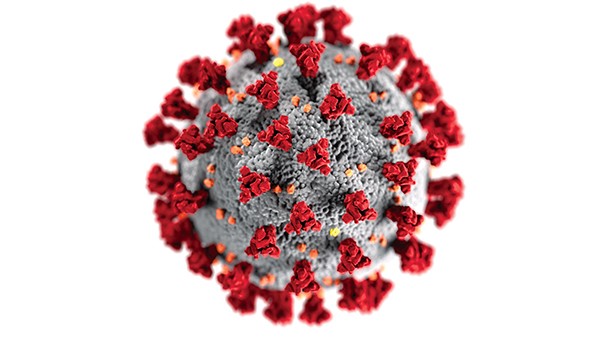
What is the Coronavirus (COVID-19)?
The coronavirus is an infectious disease that affects the respiratory system. The word “coronavirus” is a general name for a type of virus that resembles a crown or the sun when viewed under a microscope. The common cold is caused by one type of coronavirus. COVID-19 (CoronaVirus Disease 2019) is a new kind of coronavirus that was first seen in China in late 2019. It has since been detected all over the world and is now spreading in the United States.
What are the Symptoms?
The symptoms of COVID-19 are:
• Fever
• Dry cough, which could become a productive cough as the disease progresses
• Fatigue
• Shortness of breath
• Sore throat
• Muscle or joint pain
• Headache
• Chills
• Loss of sense of smell and/or taste
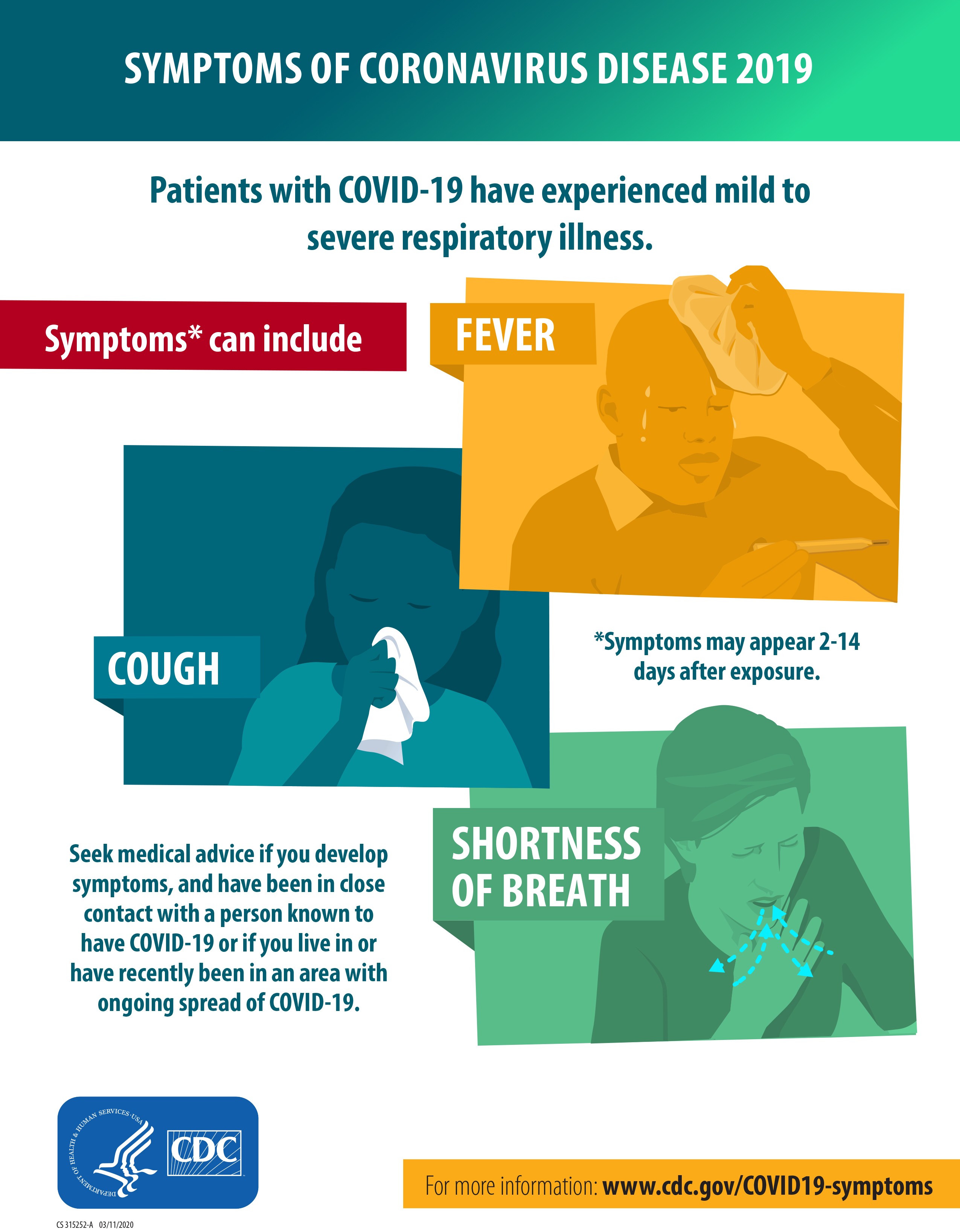
How Contagious is It?
COVID-19 is quite contagious. Scientists use the term R0 to quantify how many other people one sick patient is expected to infect in the course of their illness. COVID-19’s R0 is currently estimated to be between 2 and 3. For comparison, the seasonal flu’s R0 is 1.3, Ebola is 2, HIV is 3.6, and measles is 11-16.
No one knows how many people will ultimately contract COVID-19. SARS, a previous coronavirus outbreak, which emerged in China in 2003, was contained and burned out after two years with fewer than 9,000 cases and 1,000 deaths. In the case of COVID-19, containment has failed and the virus is spreading freely all over the world. Epidemiologists now estimate that 30 to 70 percent of the population could contract the disease in the next 18 months.
How Dangerous is It?
One of the unusual things about COVID-19 is that it seems to have different effects on different people. More than half of people who contract the disease (up to 81 percent) will get mild symptoms, like the common cold or the seasonal flu. Keep in mind that what epidemiologists consider a “mild” case could include pneumonia, so even a technically mild case is no fun.
But — and this is a big but — 14 percent of cases are severe. This means the disease gets so serious that the patient might need to be hospitalized. Five percent of patients are considered critical, developing symptoms including septic shock and respiratory failure. Critical patients will require extended stays in the intensive care unit of two weeks or more. About half of critical patients die.
Scientists use the term Case Fatality Rate (CFR) to describe how deadly an infectious disease is. The CFR for COVID-19 has varied in different parts of the world. In some places, it has been measured at 0.5 percent. The death rate aboard the Diamond Princess cruise ship was about 1 percent. In other places, such as Northern Italy, it has been above 3 percent.
Those percentages might not seem very high, but for comparison, the CFR of the 1918-19 flu, the deadliest pandemic in recorded history, is estimated to have been 2.5 percent.
The biggest danger right now is that COVID-19 cases may overwhelm the American health care system, as has happened in Italy. Even the most conservative estimates indicate that millions of people will have to be hospitalized in the coming months.
What Should I Do If I, or Someone I Love, Has Symptoms?
The Shelby County Health Department says if you have a fever, dry cough, and fatigue and believe you may have been infected by coronavirus, don’t just show up at your doctor’s office or emergency room unannounced. You should call your doctor or primary health care provider and tell them about your symptoms. They will instruct you on what to do next. Remember, most cases will be mild and will not require hospitalization. You can treat it much like you would treat the seasonal flu: rest, hydration, and ibuprofen or acetaminophen for fever. But don’t wait around, ignore your symptoms, and allow yourself to get sicker and sicker while infecting others around you. Be proactive and take care of yourself. Do not go to the emergency room unless you are very sick, as the ERs will likely be crowded and could quickly become overwhelmed.
Due to lack of resources, the Shelby County Health Department is not currently offering any testing for COVID-19.
Is the Coronavirus “Just the Flu”?
No. COVID-19 is much more dangerous than influenza for several reasons. First, the virus is believed to have originally infected bats. But late last year, the bat coronavirus mutated, developing the ability to infect humans. That means humans have no immunity to COVID-19.
Influenza, on the other hand, is a different type of virus that has been infecting humans for thousands of years. Most people have had some strain of flu and have developed an immunity. Additionally, flu shots have been developed, which give the recipient immunity to the strains of flu which circulate every year. This creates “herd immunity,” which slows the spread of the disease. Occasionally, a new strain of flu emerges, like the 1918 flu or the 2009 H1N1 flu, and flu season is much more severe than usual.
Because of this widespread immunity, the CFR of seasonal influenza is 0.1 percent. The CFR of COVID-19 is between 0.5 to 3 percent, which means it is five to 30 times more deadly than the flu.
Is There a Cure for Coronavirus?
No. For severe and critical cases, treatment focuses on keeping the patient breathing until their immune systems can defeat the virus. Many scientists and pharmaceutical companies are working on antiviral drugs to combat the disease, but don’t expect anything that works any time soon. There is already disinformation circulating. People trying to make a quick buck are hawking dubious treatments. For the foreseeable future, you should be very, very skeptical of anyone who claims to have found a cure.
Is There a Vaccine for Coronavirus?
No. Scientists believe it will be possible to develop a vaccine eventually, but these things take time. Don’t expect to see a working vaccine for COVID-19 for 18 months to two years. In the meantime, it is very likely that COVID-19 will become endemic to the population, like influenza. Once enough people have had COVID-19 and herd immunity develops, the spread of the disease will slow, and the impacts will become less severe. In the meantime, we’re in for a rough ride.
Who is at Risk?
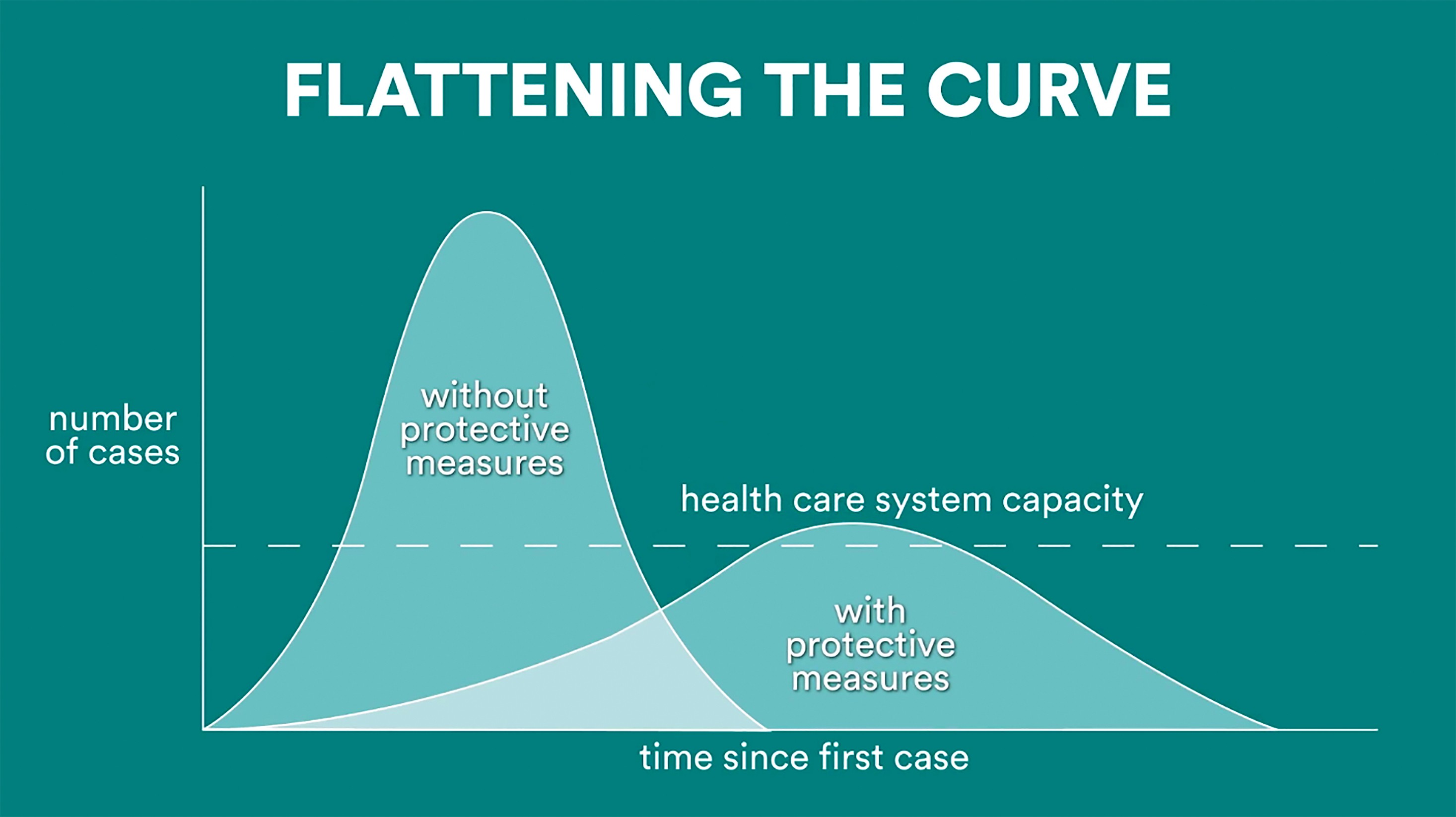
How Does the Virus Spread?
The primary way the virus spreads is through microscopic droplets expelled from the nose and mouth of an infected person when they cough. Those droplets may then be inhaled by another person, infecting them directly. If the droplets land on a surface, or if the infected person coughs into their hand and then touches something like a doorknob or countertop, the viral particles inside the droplets could remain infectious for up to two days. If someone touches the contaminated surface, and then touches their eyes, nose, or mouth, they could become infected.
How contagious an infected person is depends on their viral load, which depends on how long they have been infected. COVID-19’s incubation period averages five days, but can be as long as 14 days. During that period, when the infected person has no symptoms, they can transmit it to others. How often that occurs is unknown, and currently the subject of intense research. Once the first symptoms, usually a fever, appear, the infected person is definitely contagious and can be expected to infect two or three other people — unless they take precautions.
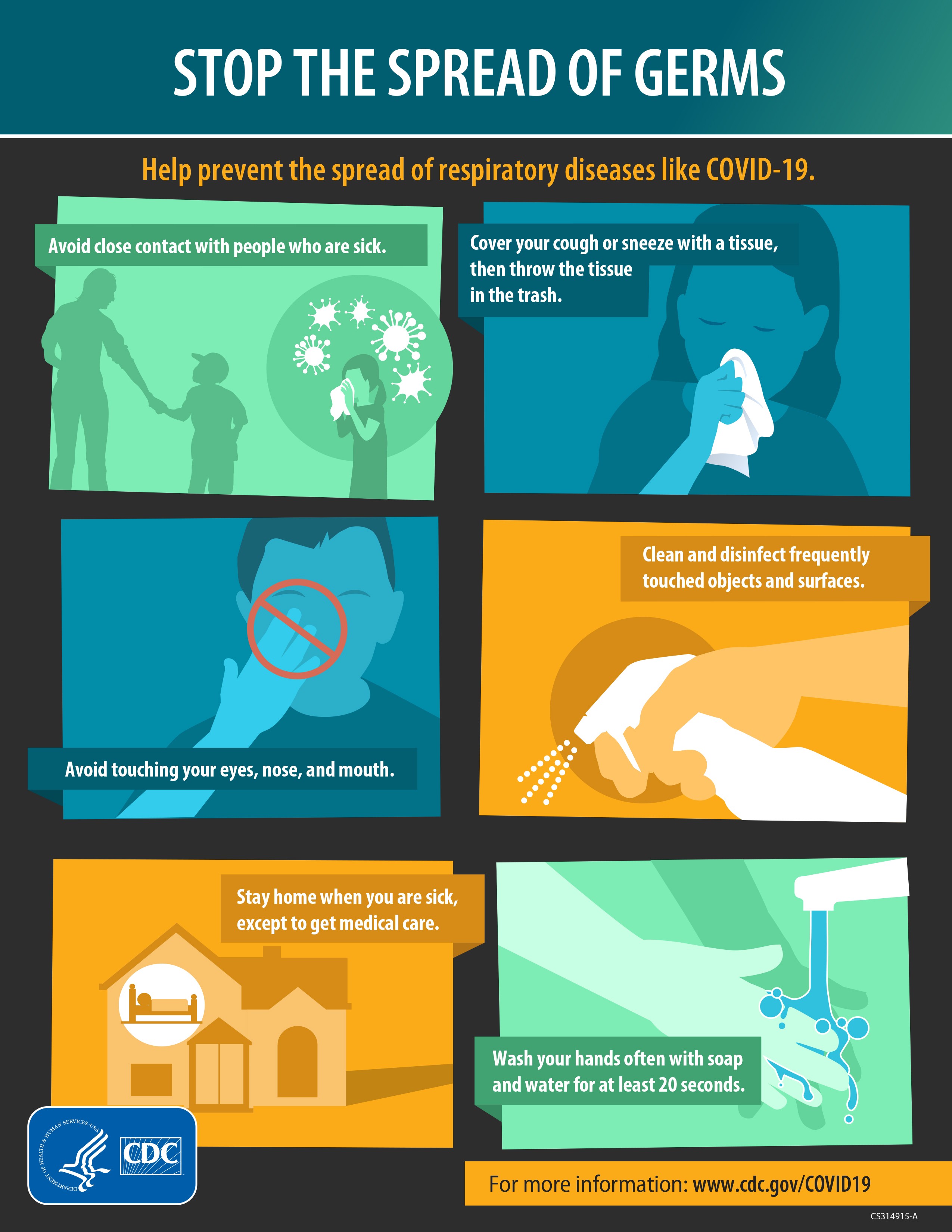
How can I Prevent the Spread of the Coronavirus?
The bad news is, COVID-19 is quite contagious. The good news is, outside of the human body, it is quite fragile and can be easily destroyed. Regular household disinfectants will kill any viral particles lingering on surfaces, so keep it clean out there. The ultraviolet light present in sunlight will kill the virus in short order, as will high temperatures, such as those achieved inside a clothes dryer.
The most important thing you can do to prevent the transmission of the virus is to wash your hands frequently. You should scrub your hands for at least 20 seconds, washing the palms first, then moving on to the backs of your hands, fingers, and nails. Remember that the primary mechanism of hand washing is mechanical, not chemical. The soap is there to make it easier to remove particles on your skin, not kill germs. So scrub those hands good.
If you don’t have immediate access to soap and water, use a hand sanitizer that is at least 60 percent alcohol. Rub it all over your hands and keep rubbing until it dries.
Cover your mouth when you cough, but don’t cough into your hands. Instead, cough into a tissue or into the crook of your elbow. This will prevent the infectious droplets from flying through the air.
Stop touching your face. It’s hard, especially once you start thinking about it, but you should try. The most common way for the infection to enter the body is by rubbing the eyes or nose, or putting fingers in your mouth. Stop chewing those fingernails, too.
Stop shaking hands when you meet people. There are many other greetings. A fist bump is more hygienic because the palms of the hands do not come into contact with each other. United Nations infectious disease doctors have long greeted each other with an elbow bump, which was first developed in an Hawaiian leper colony. For sci-fi fans, there’s the Vulcan salute. (The canonical reply to “Live long and prosper” is “Peace, and long life,” which seems like an appropriate sentiment for the moment.) For the superheros among us, there’s the Wakandan salute, which requires two hands, but looks extremely cool. Get creative and have fun with it.
Hugging a stranger or someone who is showing symptoms is not recommended.
By the way, there is no evidence that COVID-19 or any coronavirus is sexually transmitted. But kissing is the most efficient way to transmit the virus, and there will most likely be some hugging involved, so now’s probably not the time for a one-night stand.
What is “Social Distancing”?
When an infected person coughs, droplets containing viral particles can fly through the air up to six feet. That’s why health authorities are recommending “social distancing.” Try to stay about six feet from anyone unfamiliar to you or anyone who is showing COVID-19 symptoms, such as a fever or cough.
Social distancing is why you’re seeing so many postponements and cancellations of events such as concerts, film festivals, and sports events. Dancing close together at a concert or cheering along with other sports fans is fun, but you’re definitely going to get closer than six feet to your neighbor. And with all those hands touching surfaces, the probability of virus transmission will greatly increase.
Social distancing is why many workplaces, including the Memphis Flyer‘s parent company, Contemporary Media, are either encouraging or mandating working from home.
Schools were a major transmission vector during the 1918 flu pandemic. Ask any teacher, and they’ll tell you how quickly a cold spreads in an academic environment. That’s why so many schools are extending spring break and switching to online learning.
This is very important: If you feel the least bit sick, have a cough, sore throat, or even a slight fever, stay home and rest. Patients are most infectious in the early stage of the disease and have been proven to remain contagious for up to fourteen days after the onset of symptoms.
If you start to get sick, you’ll need to be indoors for a while. This is why people have been stocking up on supplies, leading to long lines and empty shelves in the grocery stores.
If you have reason to believe you have been exposed to someone with the virus, you should consider a self-quarantine. Remember, the incubation period of the virus can be up to two weeks.
Does this mean you can never leave your house again? No. Just use common sense when you go out. Wash your hands frequently, don’t shake hands, try to keep a healthy distance between yourself and other people, and avoid large crowds.
Should I Wear a Mask?
Maybe, depending on the circumstances. There are different kinds of masks. The surgical masks known as N-95s can stop all sizes of airborne droplets that could contain viral particles. N-95s are currently in short supply and should be reserved for health care workers who are coming into contact with many sick people. Masks designed for dust will stop the bigger droplets, but not smaller, “aerosolized” droplets. Homemade cloth masks and bandannas are even less effective.
Nevertheless, experts recommend masks in some circumstances. Some Memphis doctors offices are requiring masks for everyone they see. People who are already sick with COVID-19 symptoms should wear masks if they venture out into public to go to the doctor. This helps prevent them from spreading infectious droplets when they cough. If you are at home treating a sick person, use a mask. If you are a senior, if you are immunocompromised, or have an underlying risk factor such as diabetes, wearing a mask while out in public can help lower your odds of catching the disease.
It seems the biggest advantage of wearing a non-N-95 mask is to keep you from touching the parts of your face around your nose and mouth. Even a bandanna will be helpful in that regard. But the advantage can be negated instantly while you’re taking off or adjusting your mask, so make sure you sanitize your hands before messing with it. Masks don’t cover your eyes, which, as we have seen, are major transmission vectors. This is why professionals in high risk environments wear goggles or full face shields. For that reason, consider wearing glasses or sunglasses with your mask. If you’ve got a big beard or bushy mustache, it could make your mask less effective.
Will the Virus Disappear When the Weather Warms Up?
It’s possible, but not likely. The spread of influenza virtually stops in the summer, so some people are hoping that will be the case with COVID-19, too. But if you’ve ever had a miserable summer cold, you know that coronaviruses are different from influenza viruses. There is currently no evidence warm weather will stop the transmission of COVID-19. And if it does, the virus will just start spreading again in the fall. That’s what happened in the 1918 flu epidemic, and the second wave was much worse than the first.
I’m Young, Healthy, and Feeling Lucky. Why Should I Stay Cooped up in My House?
You might not be likely to die if you get COVID-19, but your grandma could be. Even if you just get a mild case, you may end up infecting, say, two other people, and those people are going to infect four people, and those four people are going to infect eight people, and those eight people are going to infect 16 people, and so on. This is called exponential growth, and the numbers get very big, very fast.
If exponential growth is occurring, as it seems to be, the hospitals will fill up quickly, the ICUs will be crowded with patients waiting on an available ventilator, and many more people will die for lack of care. And that doesn’t even include the normal amount of sick people who need to be in the hospital, but who won’t be able to get in because of all the COVID-19 cases. This is what happened in Wuhan, China, in Lombardy, Italy, and in Iran.
We won’t be able to stop the transmission of the virus. It’s too late for that. But we can slow the transmission of the virus significantly, so that the doctors, nurses, and hospitals have a fighting chance to keep up with new patients and save lives. This is called “flattening the curve,” and it’s been proven to work in South Korea. If everyone cooperates and is vigilant, we can save a lot of lives in the coming months.
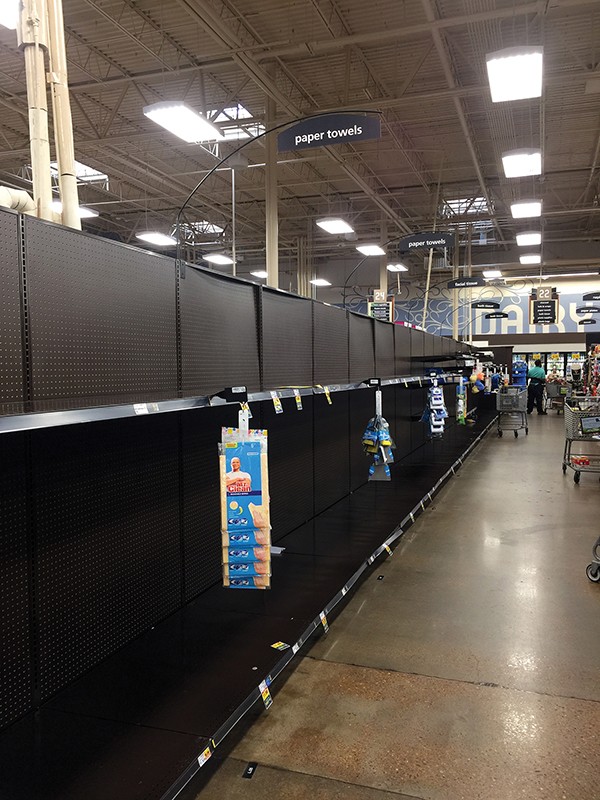
Hoarding isn’t necessary, but it’s best to be prepared for a two-week quarantine.
Should I Hoard Supplies?
You should be prepared for a two-week home quarantine, but this is not the zombie apocalypse. The biggest threat to the supply chain right now is not COVID-19, it’s panic buying. There’s no need to hoard supplies. Just buy what you need to keep the pantry stocked. A rush to the grocery store means big crowds, long lines, and more opportunities for infection.
For food, canned goods and dried bulk items that will keep for a long time are your best choices. Electrical service and water supplies are unlikely to be interrupted, so it’s okay to stock your freezer, and you don’t have to buy bottled water. Make sure all your drug prescriptions are filled, and if your health insurance company offers to refill prescriptions by mail, now is a good time to look into that. Make sure you have ibuprofen or acetaminophen for fever control and cough medicine in the house in case you get sick. Don’t forget pet food and supplies. And it goes without saying that there’s no need to hoard toilet paper.
Is it Safe to Get Food and Supplies Delivered?
Yes. All food service workers who feel the slightest bit ill should stay home, but even if someone who is infectious but without symptoms prepares your meal, the odds of transmission are low. The possible exception is if, for example, someone coughed into a salad and then sealed it up. Now is a good time to look up the health department score for all your favorite restaurants. The standards industrial kitchens are required to meet are designed to prevent the spread of infectious diseases.
As for the delivery driver, since they will be in contact with many different people in the course of their job, they are at much higher risk from you than you are from them. Practice social distancing to protect both of you. Some delivery services are already implementing a policy of dropping off your food at your front door so there’s no direct contact. Tip digitally, not with cash.
As for deliveries from online retailers like Amazon, the risk of transmission is very low. Just be sure you wash your hands after opening your package. Delivery people have been the lifeblood of the Wuhan outbreak zone, and it’s likely that will be the case everywhere soon.